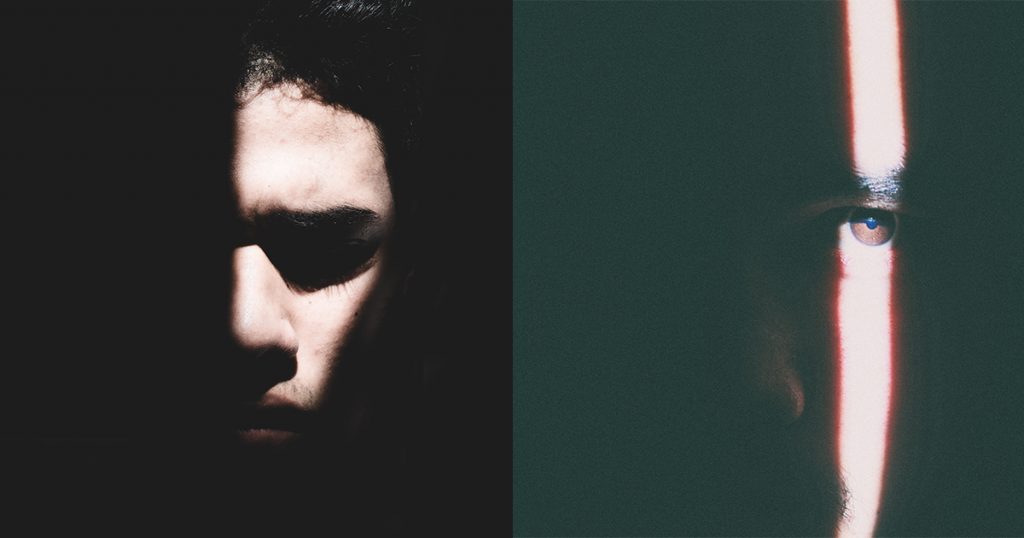3 Strange Psychology Studies
Studies and experiments are a crucial part of the complex science we call psychology. Over the course of history, psychologists have done numerous ones, and have even repeated some done before. No matter what part of psychology you are looking at, the studies don’t stop. This is because no one’s mind can fully be observed internally, for its abstract nature limits us from measuring thoughts or turning emotions into numbers. It is a science that must be explored through the outcome of cognition or, in other words, behaviour, and hence must be developed through studying others.
The Superstitious Pigeons
In 1948, psychologist B.F. Skinner announced that pigeons could be superstitious. As strange as that sounds, Skinner actually had evidence from a study he had done on pigeons to back up his seemingly ludicrous statement.
He took a set of hungry pigeons and put each of them inside something now called a ‘Skinner Box’. The pigeon in the box would be given food every 15 seconds. Soon, the pigeons began to demonstrate strange behaviour: one would keep stretching its neck, another would walk in circles and another would stick its head in the corner.
In the example of the pigeon who stretched its neck, the pigeon must have stretched his neck, and then noticed that food came shortly after that. Therefore, the smart thing to do was to keep stretching its neck to get more food. Skinner concluded that the pigeons had associated a certain movement with the coming of food, therefore making them superstitious pigeons.
The Tickling Debate
This study puts an unlikely twist on the classic nature vs. nurture debate, which has grown to be one of the most popular debates in psychology. Professor Clarence Leuba wanted to find if laughing when being tickled was a response derived from our surroundings, or from our built-in programming.

That’s why in 1933 he conducted a test on his son. Once his son was born, Mr. and Mrs. Leuba would tickle him, but not laugh while tickling him, to see if the child would still laugh, or never learn to. But in April of 1933, Mrs. Leuba accidentally forgets the rule, and laughs. Their first child grew up to be a normal, happy child who laughed when tickled.
But Mr. Leuba was not satisfied with this, because his wife’s mistake could have altered the results. And so he repeats the study on his a next child, a daughter. Even though no mistakes were made, she too grew up laughing when tickled.
Alien Invasion
On October 28, 1938, Orson Wells unleashed panic upon the United States when he adapted H.G Wells’ War of the Worlds for radio, and broadcasted the play as if it was actually happening for a Halloween trick. The play describes Martians invading planet earth, so the panic that came afterwards was understandable.
 6 million people heard the broadcast. Out of those, 1.7 million thought they were listening to the news, and 1.2 million were frightened. Some even bought train tickets or drove away from New York, for the play claimed it was the epicentre of the alien invasion.
6 million people heard the broadcast. Out of those, 1.7 million thought they were listening to the news, and 1.2 million were frightened. Some even bought train tickets or drove away from New York, for the play claimed it was the epicentre of the alien invasion.
Shortly after the event, Professor Howard Cantril and his colleagues from Princeton University conducted a study which explored the anatomy of panic, whilst utilising the rare opportunity of widespread panic Wells had created. This formed the study of Cantril, Gaudet and Herzog, 1940.
They interviewed 135 people from New Jersey about their reactions to the broadcast. Their responses can be categorised into several groups:
- Those who rejected the claim that Martians were invading.
- Those who went to find evidence and concluded it wasn’t true.
- Those who went to find evidence and concluded it was true.
- Those who did not go to find evidence.
Cantril and his team found that the people who did not go to other sources to find evidence to back up this ambitious claim, were the easiest to be fearful.
So there you go! Those are some of my favourite strange psychology studies, among the large selection that exists. But the strangeness of these studies does pose the inevitable question: how far are we willing to go with the weird and the wonderful, and what will we find from the results of the strange?
References
[Photograph]. Retrieved from http://images.agoramedia.com/wte3.0/gcms/pg-entertaining-toddlers-in-the-ER-waiting-room-03-full.jpg
[Photograph]. Retrieved from http://mockingbird.marketing/wp-content/uploads/2014/07/1309587_3b1c324c.jpg
[Scan]. Retrieved from http://pbs.twimg.com/media/B1Mq0NWIAAApvIn.jpg
[Digital image]. Retrieved from http://www.zastavki.com/pictures/originals/2015/Backgrounds_Bold_exclamation_point__blue_background_097177_.jpg
Dean, J. (2010, December 12). 10 weird psychology studies: Vote now for your favourite! [Blog post]. Retrieved from http://www.spring.org.uk/2007/12/10-weird-psychology-studies-vote-now.php
Dean, J. (2012, July 9). 10 even weirder psychology studies [Blog post]. Retrieved from http://www.spring.org.uk/2012/07/10-even-weirder-psychology-studies.php
Edited by: Zoe




Responses